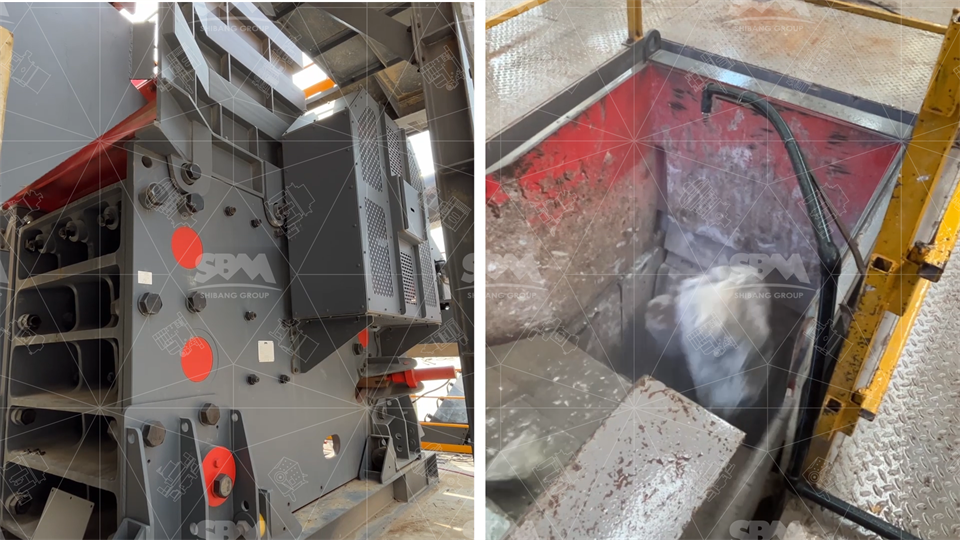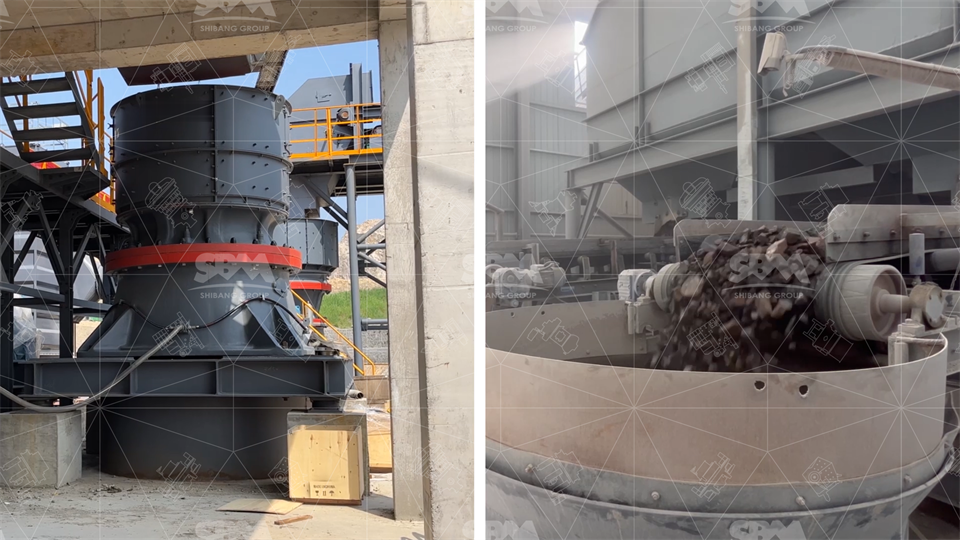Boosting quarry production is not just buying more machines; it is about building systematic method, that combines crushing technology, rock properties, equipment capacity and operational parameters. With 30+ years of export trade and on-site execution,, I have seen many quarries in Asia, Africa, Middle-East and South America. Problems are the same: inconsistent feed, wrong machine choice, energy wasting; and too much downtime. In this article we go deep into technical principles, engineering parameters, equipment selection, plus real execution strategies that can maximize throughput in quarry operation.

A quarry basically is a place where limestone, basalt, granite or construction aggregates are extracted and processed. The efficiency of quarry plants depends on crushing ratio, feed gradation, chamber design; motor power matching, and also screening precision. Based on ISO 21873-1 norms crushers are measured by feed opening size, CSS (Closed-Side-Setting), OSS (Open-Side-Setting), reduction ratio; and power balance. If the balance between feed hardness and cavity profile not correct, then output capacity decrease rapidly. That is exactly why many sites cannot reach the designed throughput even with huge investment.
First step is the primary crusher. For hard rocks the Jaw-Crusher is the usual choice. It works by compressive force with moving and fixed jaw plate. Normal reduction ratio about 6:1; feeding size up to 1200mm, discharge between 40-150mm. Motor power range 55kW – 220 kW. Example: a jaw unit with chamber 900×1200mm, gives capacity 220–450 tph, depending on material condition. Maintenance interval near 480h, and wear part replacement usually after 80,000 ton throughput.
In second and third stage cone-crusher or impact-crusher are used. Cone crusher with multi-cylinder hydraulic system keep stable output for granite or basalt. CSS adjustable 13–38mm, motor 160-400kW, production 120-800tph. Laminated crushing principle cut flaky particle rate. For softer limestone or recycled concrete, impact crusher more effective. Rotor speed 500-800rpm, feed 250mm, discharge 0-40mm; reduction ratio 10:1. It deliver cubical product shape which concrete factories demand.
Screening equipment is equally vital. A vibrating screen double-deck can handle 200-600tph with screening efficiency over 85% (ISO verified). Mesh size 5–50mm allow exact separation. Energy consumption about 1.2 kWh/t which is typical. Maintenance cycle 1500h, lubrication check every 200h, if missed, failure may happen much earlier.
Energy use is decisive for cost per ton. Jaw crusher use ~0.5–0.7kWh/t, cone ~0.7–1.0, screen ~0.2–0.3. Drive system must match IE3 high efficiency motors. Using V-belt with right tension avoid slipping… Variable frequency drives (VFD) on conveyors save about 15% power by adjusting belt velocity according feed volume. If power and cavity not aligned, overload appears or efficiency drop down. Field projects showed, one wrong motor sizing increased yearly energy cost 12% or more.
Machine selection depend compressive strength, abrasion index and water content. For example:
| Material | Strength | Machine |
|---|---|---|
| Granite | 150-250MPa | Jaw + Cone |
| Limestone | 60-120MPa | Jaw + Impact |
| Basalt | 180-300MPa | Jaw + Multi-cylinder Cone |
| Pebble | 100-180MPa | Jaw + VSI |
Measuring Mohs hardness and LA abrasion is must before machine decision. Example in Tanzania: feed had 35% clay; without pre-screen grizzly (80mm bar spacing), jaw blocked often, downtime 3h/day. After installing, uptime improved to 95% and cost per ton reduced.

Typical quarry layout: vibrating feeder → primary jaw → secondary cone/impact → vibrating screen → conveyors. Dust suppression is must, especially in dry climate. Water nozzles reduce dust 70%. For 300tph plant, belt width 1000mm, velocity 1.5–2.0m/s. Wrong belt width = spillage + safety risk. The rule is: feeder capacity = crusher capacity = screen capacity. If not equal, choke or overload appears. Balanced flow is not theory, it is proven by EPC projects across continents.
Reliability is directly connected to downtime. MTBF of cone ~2000h, jaw ~2500h. Planned service: grease every 8h, wear check 250h, bearing overhaul 2000h. Predictive maintenance (vibration sensor) reduce unplanned stop by 30%. Spare parts stock also key. In Africa quarry, lack of mantle & concave caused 2–3 weeks stop. Best practice: spare stock = 3% of plant capital cost, as international benchmark shows.
A granite quarry Vietnam, design 500tph, used PE-1200×1500 jaw, two multi-cylinder cones, three circular screens. Feed 900mm, strength 220MPa. After CSS optimized 200mm→160mm plus choke feeding, output grew 420→500tph. Energy consumption dropped 0.15kWh/t. Final aggregate met ASTM C33 concrete standard. Downtime lowered 18% after automatic lube pumps and hydraulic clear system. Client confirmed ROI in 18months only. That is a strong proof how correct parameters raise production.
Effective strategies are:
These are not theoretical words; they are results from 50+ quarry projects globally. Output increased, cost/t reduced, product shape better, clients satisfied. Every manager who follow these, can see same result, no doubt.
Enhancing quarry production is not about running machines maximum, it is about smart choice, parameter adjustment, energy manage and strong maintenance. Jaw, cone, impact, screen each have specific role depending feed. Engineer must match rock strength with cavity type and motor power. Layout must consider balance, dust, spares, predictive checks. Field data proves productivity improve 15–30% with correct practice. From my decades experience, quarry managers must rely on engineering numbers, not feelings. With right equipment plus discipline, quarrys can achieve sustainable growth and lower cost per ton, always.
Whatsapp:+8617329420102
Email: [email protected]
Address: No. 1688, Gaoke East Road, Pudong new district, Shanghai, China.
Online Service : Get Price
We value your feedback! Please complete the form below so that we can tailor our services to your specific needs.
